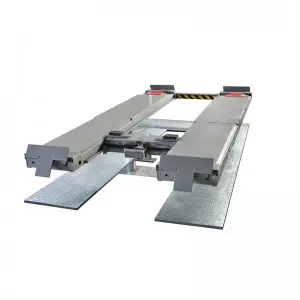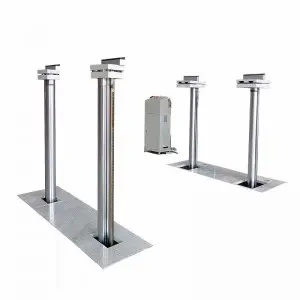Cylinders have a rich history that spans across various civilizations, serving as important tools and symbols in art, science, and industry. These three-dimensional objects, typically characterized by their straight sides and circular cross-sections, have captivated the human imagination for centuries. From ancient artifacts to modern machinery, cylinders continue to play a vital role in shaping the world around us.
One of the earliest known uses of cylinders dates back to ancient Mesopotamia. The Mesopotamians used clay cylinders, known as cylinder seals, as a means of authentication and identification on clay tablets. These seals were intricately carved with miniature scenes, and their impressions were rolled onto the wet clay to mark ownership or authenticate documents. The cylinder seals not only served as a practical tool but also showcased the artistic talent of the civilization.
Moving forward in history, the concept of the cylinder played a pivotal role in the development of various architectural marvels. The ancient Egyptians used cylindrical structures, such as obelisks and columns, in their elaborate temple complexes. These monumental structures were not only visually striking but also provided structural support, highlighting the versatility and strength of cylinders in construction.
Interestingly, the mathematical properties of cylinders, specifically their volume and surface area, have intrigued scholars throughout history. The Greek mathematician Archimedes is credited with discovering the principles behind these properties. By studying the relationship between the height and radius of a cylinder, Archimedes formulated formulas to calculate its volume and surface area. His contributions laid the foundation for future advancements in geometry and engineering.

Exploring the Fascinating World of Cylinders: From Ancient Artifacts to Modern Machinery

Exploring the Fascinating World of Cylinders: From Ancient Artifacts to Modern Machinery
Fast-forward to the industrial revolution, and cylinders found their way into the heart of machinery. Steam engines, a cornerstone of this era, often utilized cylinders to convert pressure and heat into mechanical work. These engines harnessed the power of steam trapped within a cylinder to drive pistons, creating movement and power that revolutionized transportation and manufacturing.

Exploring the Fascinating World of Cylinders: From Ancient Artifacts to Modern Machinery
In the modern world, cylinders continue to play a significant role in various fields, including transportation, manufacturing, and scientific research. Gas cylinders, for example, are widely used to store and transport pressurized gases for numerous applications, from cooking fuel to medical use. In the automotive industry, some engines rely on cylinders to generate combustion and propel vehicles forward. Even in everyday life, countless products, such as aerosol cans and hydraulic systems, utilize the power and functionality of cylinders.
Beyond their practical applications, cylinders have also inspired artistic creations. Artists have often turned to cylindrical shapes as a canvas for their expression. Sculptors have carved masterpieces out of stones, transforming rigid materials into flowing curves that captivate the eye. Painters have used cylindrical forms as subjects, exploring light and shadow, perspective, and depth. The symmetrical and balanced nature of cylinders has found its place in various movements, from classical art to contemporary installations.
In conclusion, the cylinder, with its inherent symmetry and structural properties, has left an indelible mark on human society throughout history. From ancient clay seals and architectural wonders to modern-day machinery and contemporary art, cylinders continue to shape the world we live in. These versatile objects have certainly earned their place as one of the most intriguing and influential concepts in human civilization.New Engery Vehicle Battery Lift
